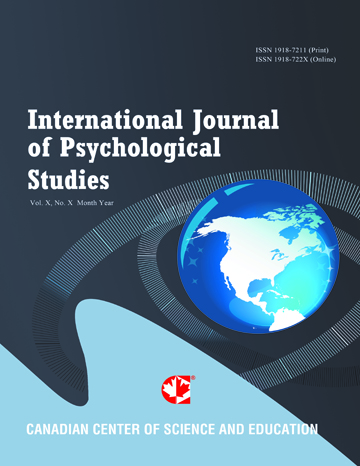An Electrooculographic Method for the Evaluation of Psychotropic Drugs on Saccadic Eye Movements in Healthy Subjects
- Raveendranadh Pilli
- Naidu M.U.R
- Usha Pingali
- Ramesh Takallapally
Abstract
Recording of saccadic eye movements has proved to be a valuable tool for investigation of brain function and
dysfunction and is very sensitive to centrally acting drugs. Since there is a lack of agreement concerning
velocity–amplitude characteristics of saccadic eye movements, the present study obtained saccadic eye
movements from 24 healthy subjects using indigenously developed electro-oculographic recording and analysis
system in forward and countdown sequence. The validity of the system was further tested by evaluating the
psychotropic effects of 5mg zolpidem and 500mg caffeine in randomized, double blind, placebo controlled three
way cross over design on 24 healthy subjects. Saccadic eye movements were measured at baseline and 1, 2 and 3
hrs after administration of study medication. Mean (±SD) values for peak saccadic velocity (PSV) over saccades
of ±10, ±20, ±30, ±40, ±50 & ±60 degrees were in agreement with those previously reported. Zolpidem
produced statistically significant decrease in PSV compared to placebo at all the angular displacements at 1 & 2
hrs. In contrast, caffeine produced non-significant increase in PSV at all angular displacements at 1hr. Similarly
latency period (LP) increased with zolpidem and decreased with caffeine compared to placebo. The
electro-oculographic recording and analysis system is simple, sensitive to centrally acting drug effects and
therefore has potential for future experimental psychomotor assessment studies.
- Full Text:
 PDF
PDF
- DOI:10.5539/ijps.v4n2p75
Journal Metrics
1. Citations (March 2025): 10975
3. i10-index (March 2025): 233
For details about the Journal Metrics, please visit the Google Scholar website.
Index
- AcademicKeys
- CNKI Scholar
- Elektronische Zeitschriftenbibliothek (EZB)
- Excellence in Research for Australia (ERA)
- GETIT@YALE (Yale University Library)
- Harvard Library E-Journals
- JournalSeek
- JournalTOCs
- LOCKSS
- MIAR
- Open Access Journals Search Engine(OAJSE)
- Open J-Gate
- PKP Open Archives Harvester
- SHERPA/RoMEO
- Standard Periodical Directory
- The Keepers Registry
- UCR Library
- Ulrich's
- Universe Digital Library
- WorldCat
Contact
- Barbara SunEditorial Assistant
- ijps@ccsenet.org
